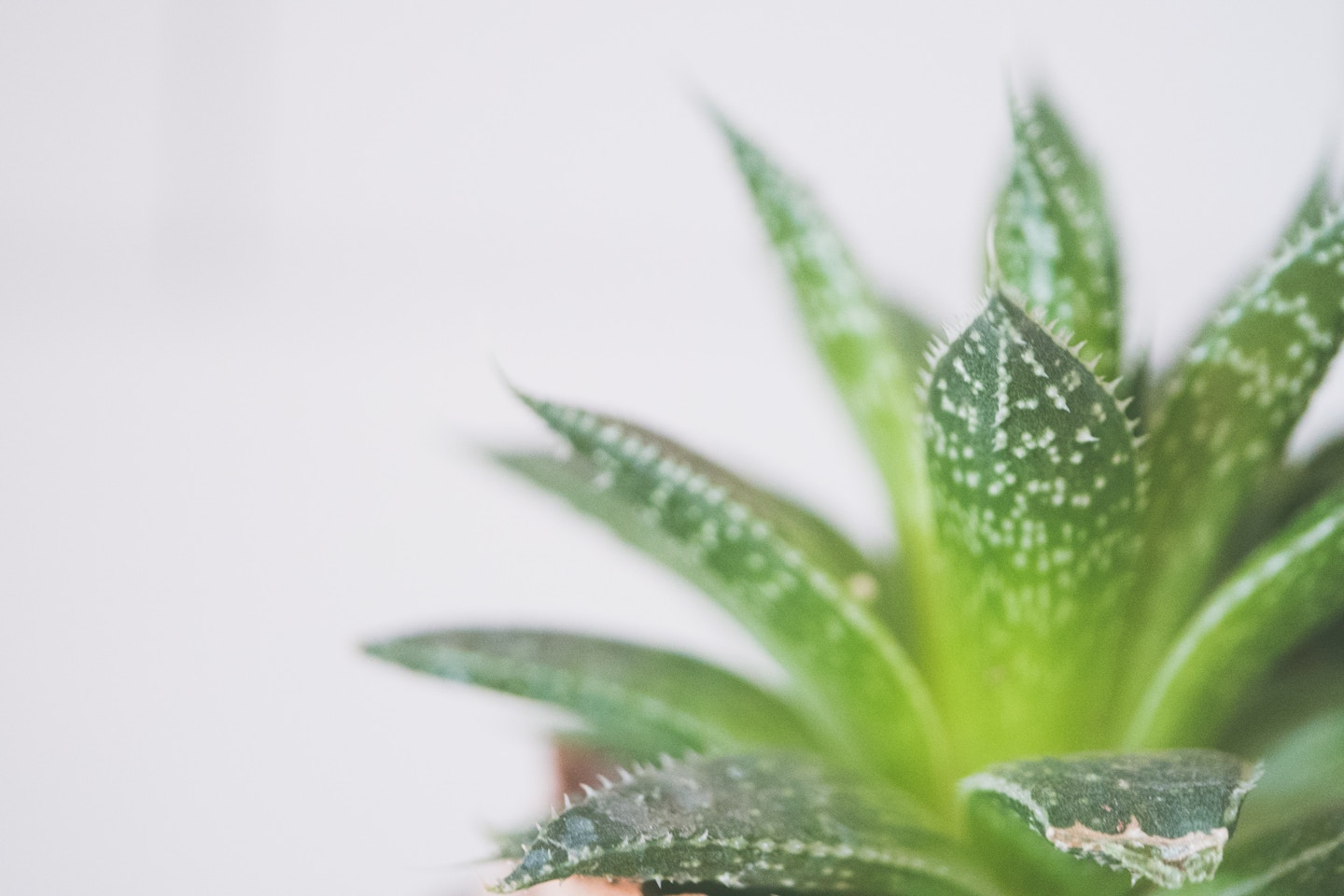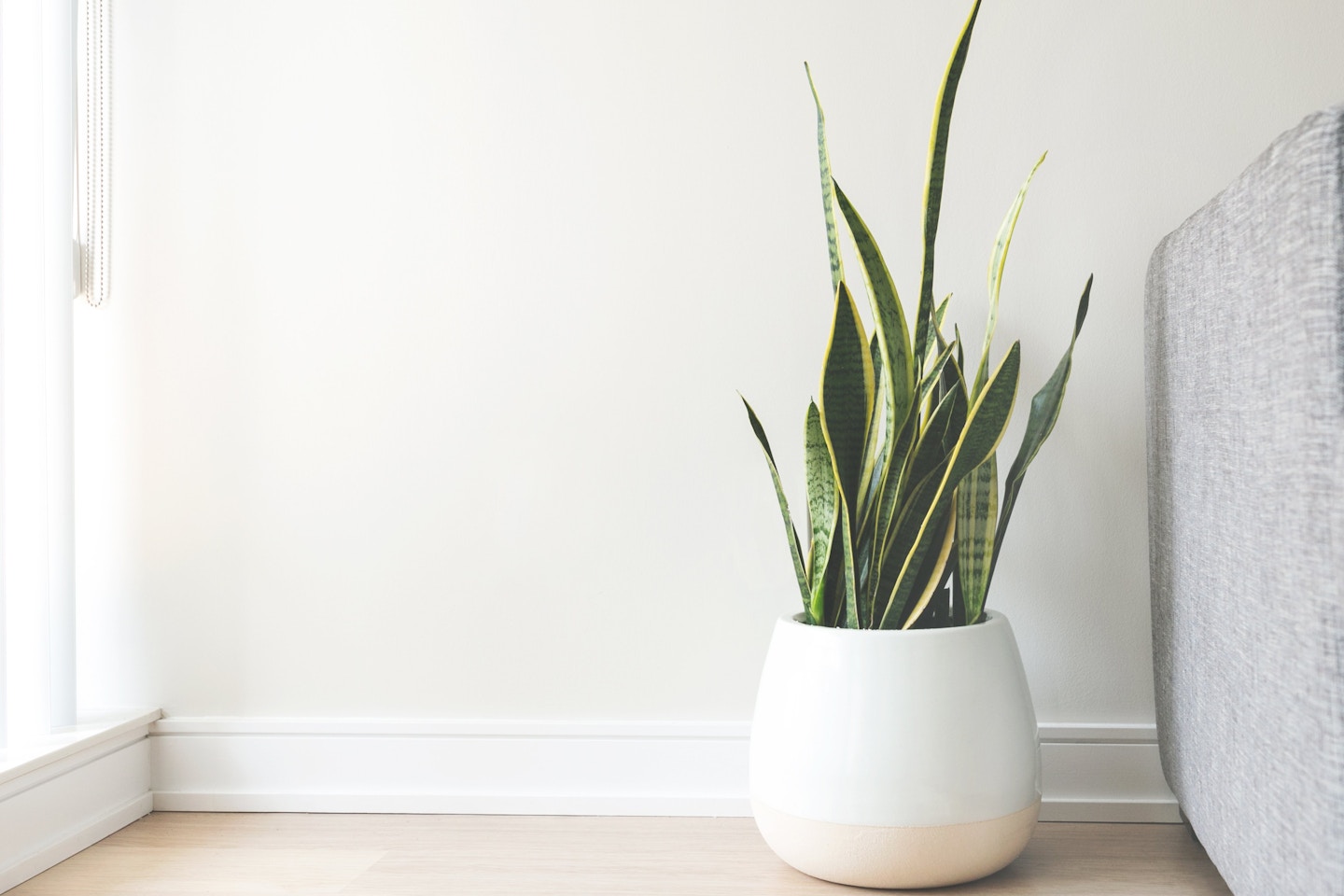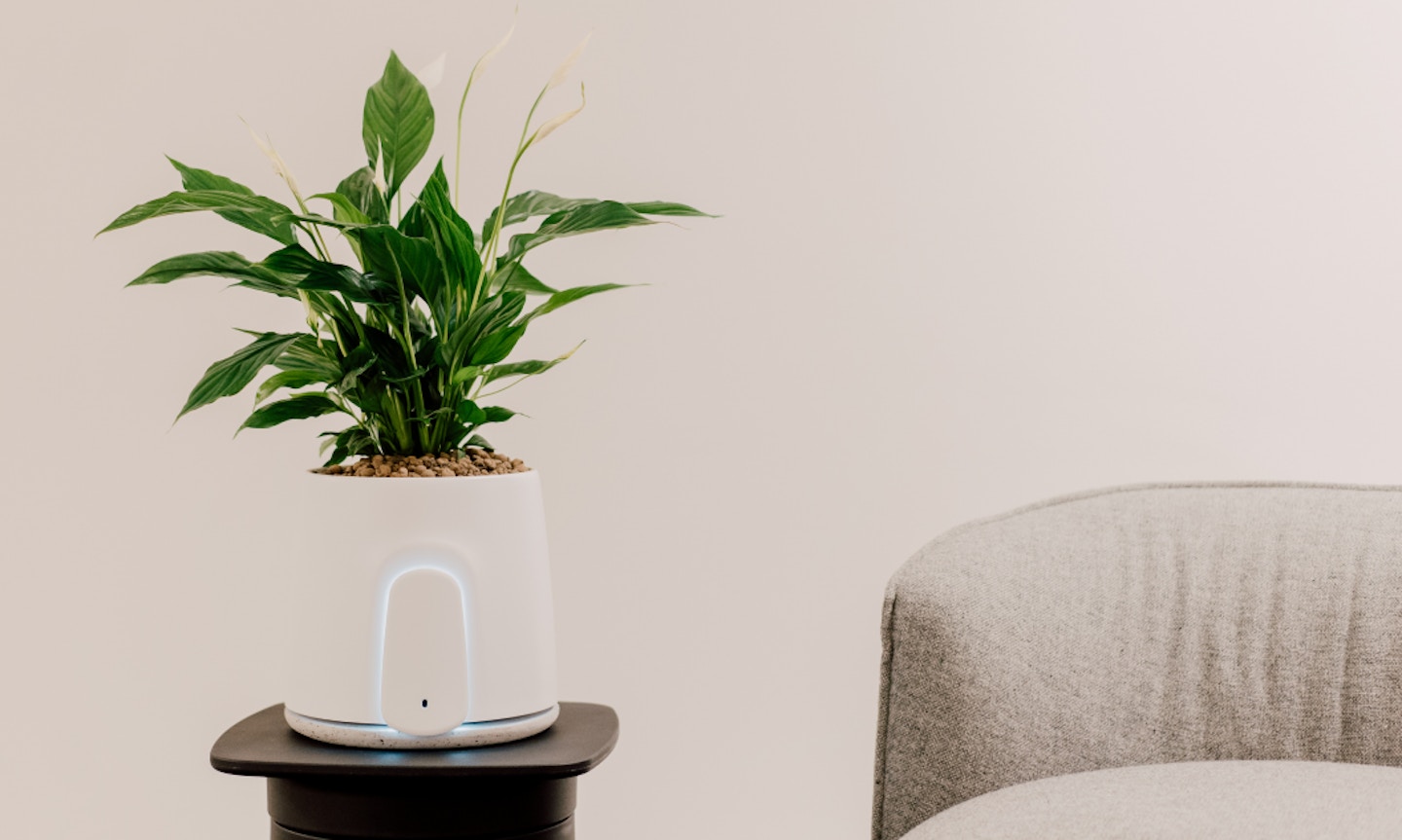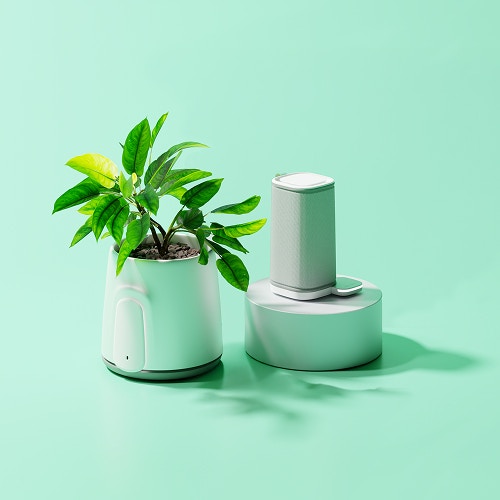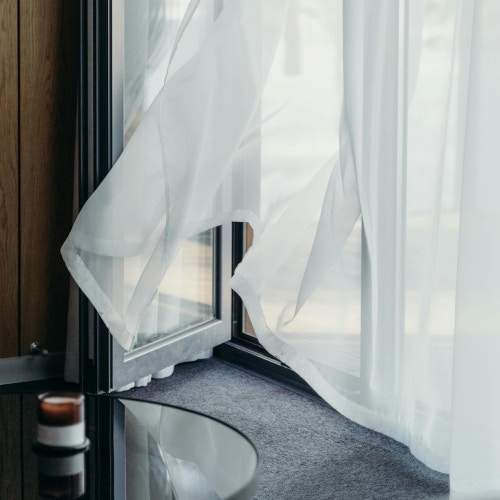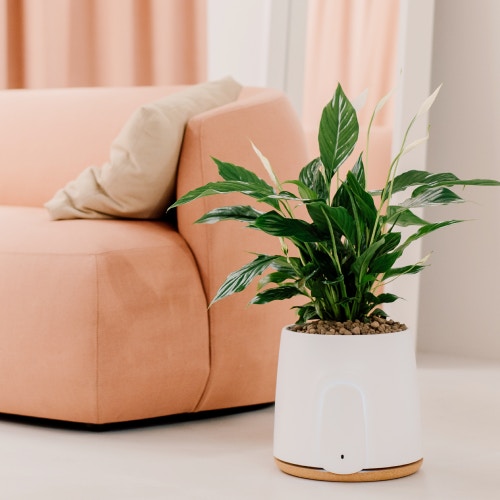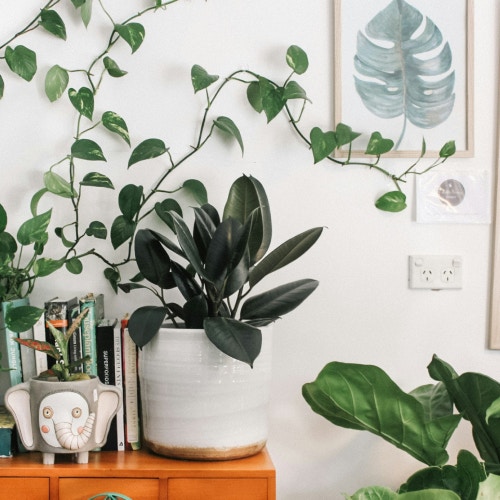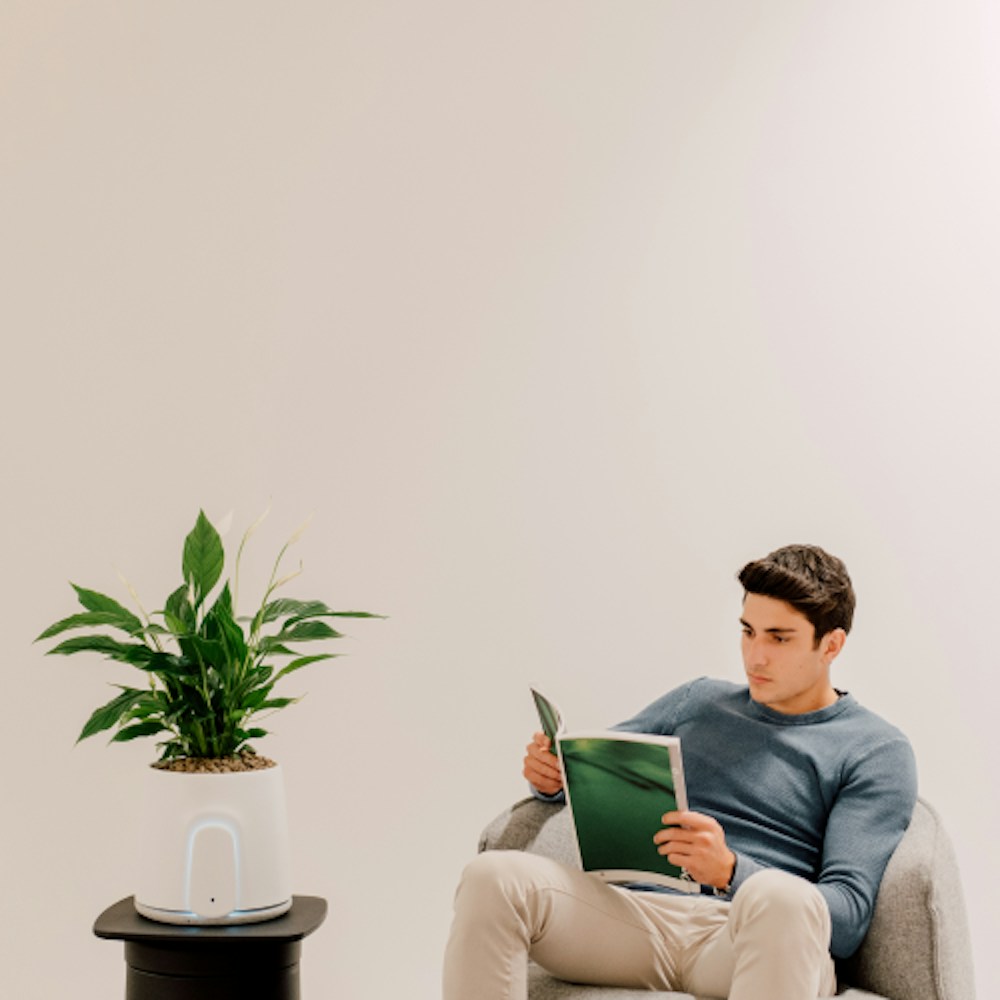
Indoor Air Pollution: how to eliminate it in a sustainable way
→
Not everyone knows that we spend 90% of our time in indoor spaces, and there is an invisible enemy that can harm our health: indoor air pollution.
- What is indoor air pollution?
- Is indoor air more polluted than outdoor air?
- The causes of indoor air pollution
- How to eliminate indoor air pollution in a sustainable way
- Eliminates chemical cleaners
- Change ventilation filters often
- Avoid candles
- Surround yourself with plants
- Use an air purifier - How does an air purifier work?
- Natede Smart: the natural air purifier that monitors indoor air pollution
What is indoor air pollution?
Indoor pollution is a condition present in the enclosed spaces of our homes, our offices, or in general any indoor spaces. The air becomes unhealthy because it is laden with pollutants and substances that are toxic to our health.
It may be considered a problem that is not so common and to be overlooked ... however, unfortunately, scientific evidence tells us the exact opposite.
Is indoor air more polluted than outdoor air?
Very often we associate the issue of pollution only with outdoor air, but neglect the air we breathe 90% of our time: the indoor air.
In fact, many people do not realize that we spend most of our lives in enclosed spaces breathing air that is potentially harmful to our health.
WHO has stated that indoor air can be up to 5 times more polluted than outdoor air.
When we think of our indoor spaces, we always imagine a safe and cozy place where we can relax and enjoy our leisure time with the people we love. And that is exactly how our indoor environment needs to be in order for us to live peacefully and enjoy good health.
So let's find out together the causes of indoor air pollution and how we can eliminate them by allowing us to breathe clean and fresh air.
The causes of indoor air pollution
The causes of indoor pollution can be many, but they actually trace back to very clear categories of pollutants and actions.
The number one cause is outdoor air pollution. In fact, with the increasing pollution in the outside air, it’s inevitable that indoor air is also affected. Indoor pollution often comes directly from outdoor pollution, entering through windows and being trapped in the walls of the home: such as particulate matter caused by urban smog or heavy traffic.
Another cause that is almost perennially present within our indoor spaces are VOCs, or Volatile Organic Compounds. They can be of different types: formaldehyde, ethylene, xylene, toluene, etc., and all are produced either directly from the furniture in our home or from appliances, paints and poor room cleaning, but actually also from the products we use to clean.
Other forms of pollution, on the other hand, are caused by normal actions we perform every day: cleaning, cooking, washing, etc., which can compromise indoor air with the release of chemicals, bacteria and viruses within the spaces we frequent most.
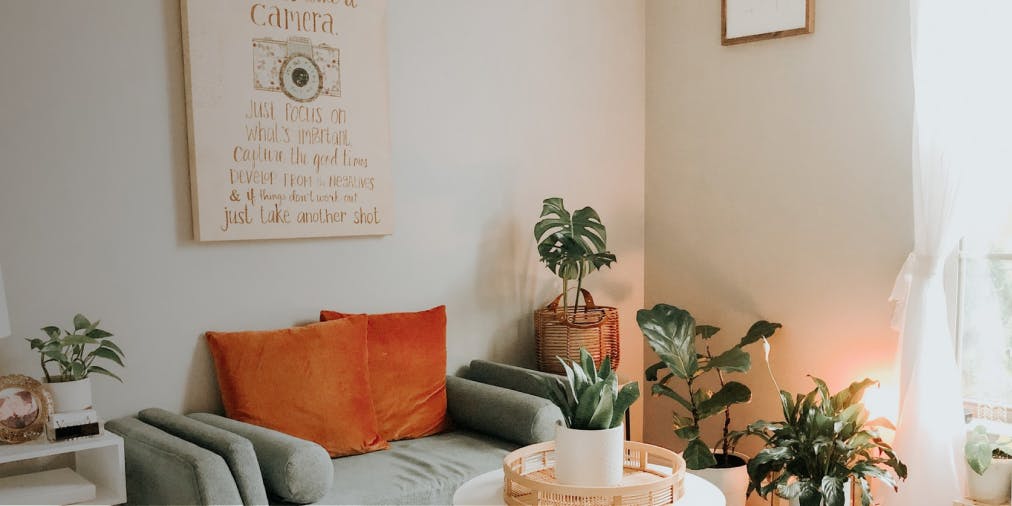
To hang washed clothes inside the house can also compromise the healthiness of indoor air. Wet clothes, as they dry, considerably increase the humidity inside enclosed spaces, thus increasing the possibility of mold growth.
Also a large use of printers in offices or even a high use of ink (for example at school) is a reason for very high VOC exposure.
Not everyone knows, moreover, that another source of pollution also consists of the clothes we wear. In fact, clothing such as shoes and jackets can retain various pollutants with them and then release them inside our spaces over time. This is why it is always recommended to leave shoes and jackets outside the door (or near it) so as to insulate your home as much as possible.
But is there anything we can do to combat indoor pollution? The answer is: absolutely yes!
How to eliminate indoor pollution in a sustainable way
There are a few actions to be taken to eliminate indoor pollution which are simple and effective. But it is important to do them every week to be sure you are living in a healthy, clean and safe environment.
Eliminates chemical cleaners
They help us fight dirt and clean surfaces this is true, however at the same time they are rich in VOCs. The risk is that in the long run these cleaners can cause respiratory problems if inhaled with high frequency.
It is therefore good to use them in moderation and to prefer detergents that are based on natural elements and do not release Volatile Organic Compounds.
Change ventilation filters often
Although they are not a direct source leading to indoor air pollution, air conditioners and ventilation systems if not properly cleaned and without changing filters can bring a buildup of bacteria and emit them very quickly into the environment.
Therefore, their maintenance should not be neglected, because the risk of getting sick is very high if air conditioners and ventilation are not free from bacteria and mold.
Avoid candles
Candles certainly give a pleasant aroma and ambience, but they are very rich in VOCs and increase the accumulation of CO2 (carbon dioxide) and CO (carbon monoxide) in rooms.
So for special occasions you can safely use them, but it is good immediately afterwards to open the windows and not to leave them on for too long. The risk is that the air becomes stagnant and lacks proper oxygenation.
A much better alternative to classic candles is to use soy and beeswax candles with natural wicks.
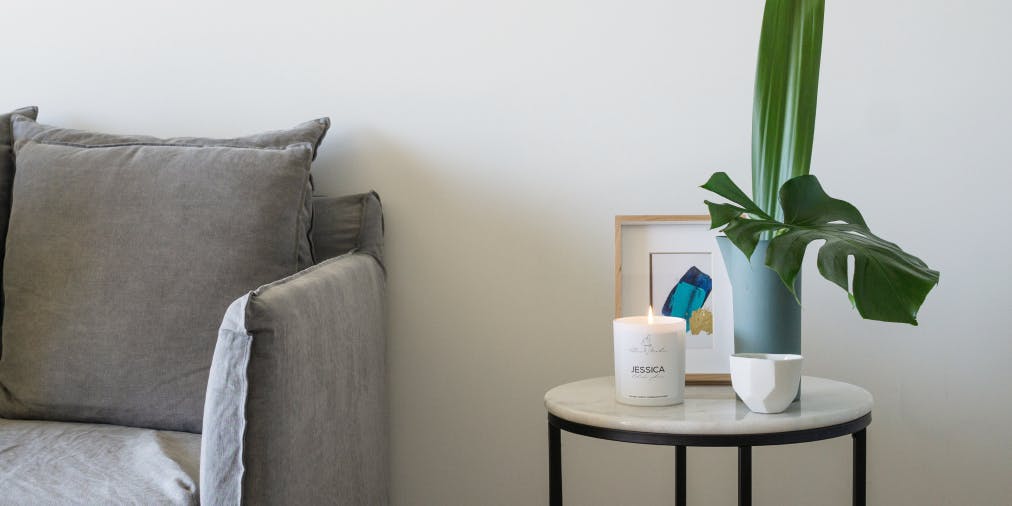
Surround yourself with indoor plants
There are particular plants that can capture and eliminate various pollutants in our indoor air.
This superpower of plants is called "phytoremediation" and is an excellent ally in fighting pollutants that can, in the long run, end up causing harm to our health.
The 3 most effective plants for this purpose are:
- Sansevieria Trifasciata
- Aloe Vera
- Spathiphyllum
They are able to eliminate part of VOCs such as: benzene, formaldehyde, xylene and toluene. These are toxic and carcinogenic substances that can seriously affect our health if left unchecked to be breathed in by our bodies.
Use an air purifier
Airing the house often and implementing the right actions we have seen is definitely a good help to have cleaner air in the house: however, unfortunately, this is not always the case!
These two practices may not often be sufficient to consistently fight indoor pollution, especially in populated areas where outdoor pollution has reached significantly high levels, such as in heavily trafficked and sprawling cities.
So is there a solution that allows us to always be in control of the indoor air we breathe?
Yes, the solution is to use an air purifier!
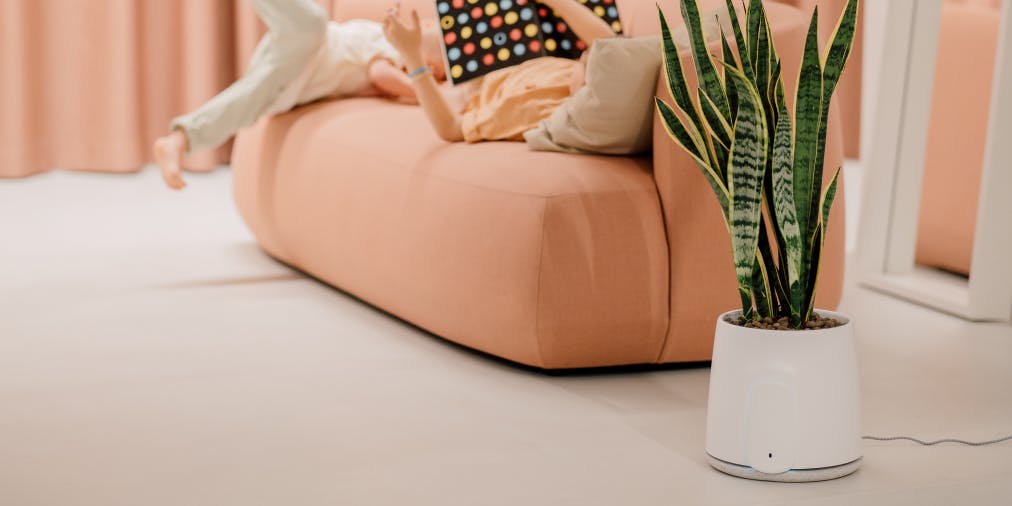
How does an air purifier work?
An excellent solution against indoor pollution is definitely the use of air purifiers.
Air purifiers are devices that capture the air inside our homes and purify it through their internal filters, then return clean, renewed air to the outdoors.
There are several types of air purifiers on the market, and the two best-known variants are undoubtedly air purifiers with a HEPA filter and air purifiers with a photocatalytic filter.
The major difference between the two technologies is that one retains pollutants in its tight, dense mesh, while the second removes pollutants through a combined action of nanomaterials and LEDs.
Which solution did Vitesy choose?
Natede Smart: the natural air purifier that monitors indoor pollution
Now that we've looked at the right choices to make to have clean air in your home and also understand what an air purifier is and how it acts on your indoor environment, let's find out the best solution for your needs!
The solution to combat indoor pollution that we propose is called Natede Smart.
Natede Smart is a natural and technological air purifier that features a photocatalytic filter that uses a revolutionary nanomaterial called Tungsten Trioxide, also known as WO3, which allows Natede Smart to be an air purifier with no filter to change.
The idea for Natede Smart stems from a Nasa study that states that certain types of plants are able to purify the air through their growing substrate.
Natede Smart enhances this phytoremediation power of plants with its photocatalytic filter. Through the action of LEDs installed inside the filter, it generates a special chemical reaction that removes pollutants without leaving any residue or impurities.
The WO3 present in Natede Smart, compared with the action of HEPA filters in standard purifiers on the market, covers a broader spectrum of substances such as:
- Virus
- Bacteria
- VOC (Volatile Organic Compounds)
- Smells
- Particulate Matter
thus creating an environmentally sustainable device made from recycled materials and harnessing the power of nanomaterials to make indoor air clean and healthy.
In fact, the photocatalytic technology that Natede Smart uses is excellent and very suitable for those with asthma, allergies, and chemical sensitivities to various substances, because the filter does not become saturated and is able to effectively eliminate them.
Do you want to find out how Natede Smart works? Watch the video below!
You will therefore have realized the potential of this air purifier that is unique in the market.
NAture, TEcnology and DEsign all in one device: NATEDE.
A word to which the adjective SMART was added. Because Natede Smart is not only an air purifier, but it's also an indoor pollution monitoring system thanks to its sophisticated sensors.
In fact, Natede Smart monitors the levels of:
- Temperature
- Humidity
- VOCs (Volatile Organic Compounds)
- Particulate Matter
- CO2 (carbon dioxide)
So that you can enjoy clean air while keeping track of pollutant levels in your air directly and conveniently in real time via "Vitesy Hub" app.
Change the way you breathe and enjoy an indoor space where you will breathe healthy, clean and safe air
